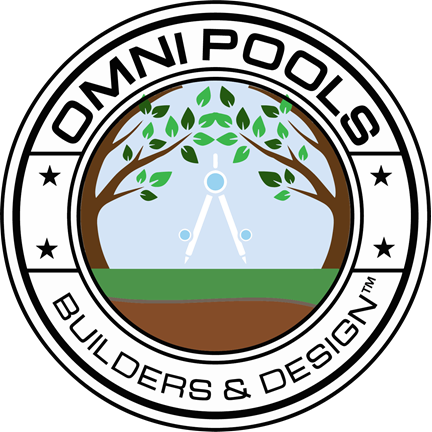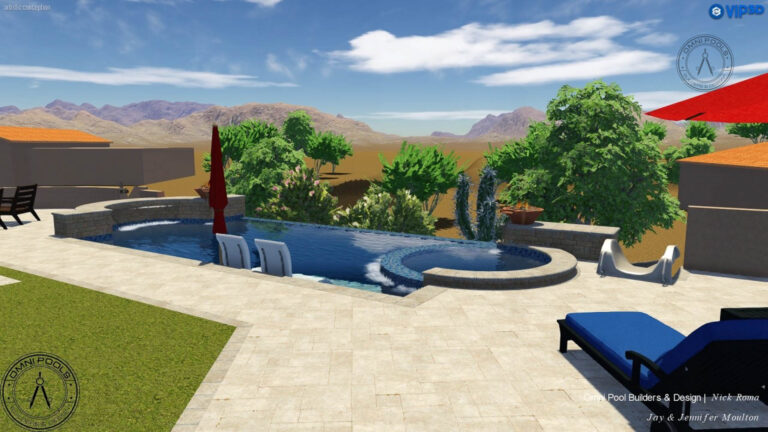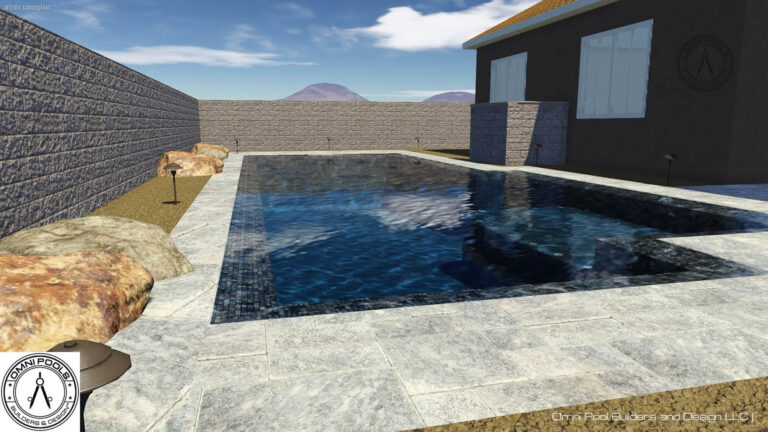Hand‑Selected by PebbleTec®
Omni Pool Builders is one of a very limited number of PTI‑vetted partners in Tucson—chosen for proven quality and strict workmanship standards. Authentic PebbleTec® finishes are installed exclusively by this authorized, warranty‑backed network.
- Pre‑fill: Test source water; log LSI; plan hydrant/multi‑hose for continuous fill; no softened water. Source: PTI
- Fina prep: Keep PebbleFina dry pre‑fill; if it rains, rinse and begin fill promptly to avoid waterline marks. Source: PTI
- Documented startup: Brush 2×/day week‑1; run pump 72h–7d until dust clears; no heater 14d; no wheels 28d; no salt ≈30d; keep a daily log. Source: PTI
- Expectation setting: Color variation is normal for 28 days (darker shows more). Evaluate after day 28; document issues with photos. Source: PTI
- Warranty hygiene: Register finish; keep weekly chemistry logs; out‑of‑range LSI can void coverage. Source: PTI
Your Trusted Tucson PebbleTec specialists
We are headquartered in Tucson, AZ, and are your preferred PebbleTec specialists in Tucson and surrounding areas.
Frequently Asked Questions
Contact Omni Pool Builders Today
Contact Omni Pool Builders in Tucson, AZ, today to schedule a consultation and learn more about our PebbleTec solutions.


